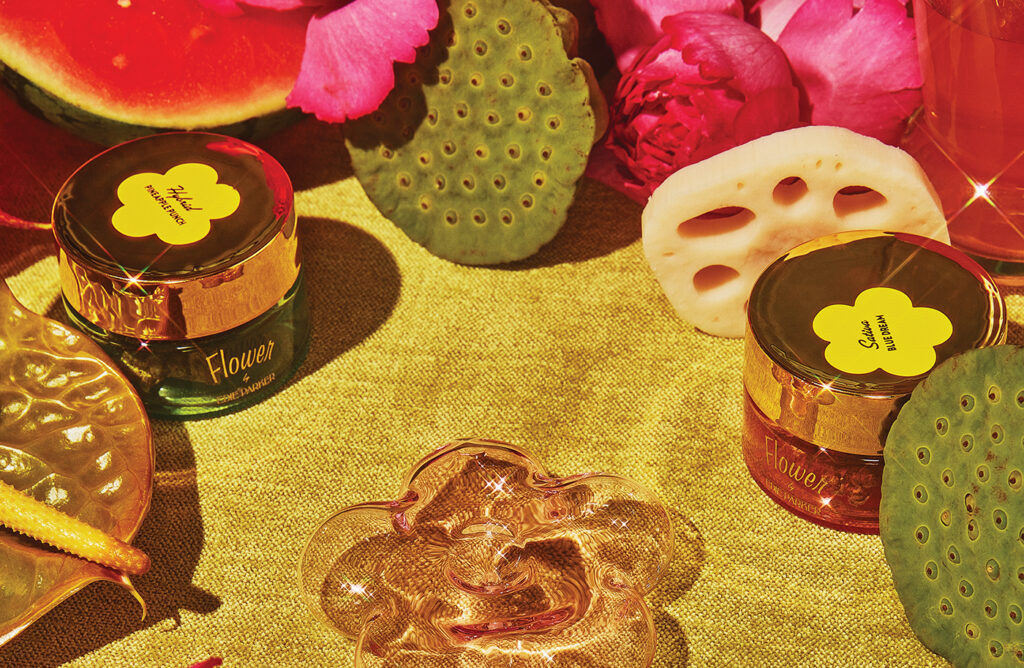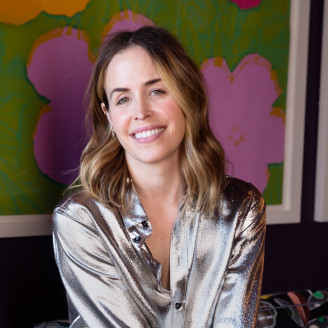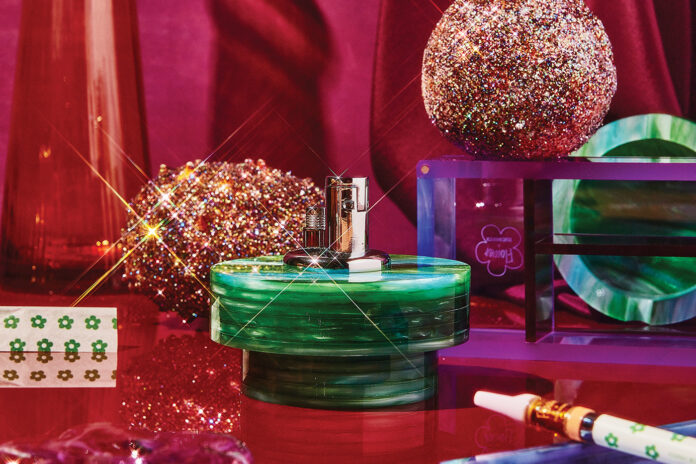Mainstream cannabis consumption in the United States surged over the past year, creating a significant shift in how brands and retailers approach the end-to-end customer experience. With consumers becoming savvier and developing distinct product preferences, more brands are turning to the established customs of luxury fashion to create compelling experiences that resonate with niche audiences. In fact, the fashion world can be a source of plentiful cannabis marketing lessons.
As an entrepreneur who was embedded in the luxury fashion space for nearly two decades, I have seen firsthand how fashion and cannabis intersect and how the industries inspire each other to reach their full potential.
What can fashion teach about cannabis marketing?
Create a full-spectrum customer experience
In the early days of the regulated cannabis space, retailers were concerned about convincing new customers their products were legal and safe. Today, the industry is met with overwhelming demand, and people are becoming more experimental and open about their consumption.

The vast majority of brands and operators remain focused on the seed-to-sale aspect of retail, which doesn’t explicitly address the proliferation of sophisticated consumer preferences. We’re now on the cusp of “retail 3.0” — the consumer experience that takes place from shelf to home.
Companies are beginning to recognize the future of the industry and their own long-term success hinge on the maturation of engaging, unique brands. In turn, more brands are moving away from focusing solely on the THC experience and investing in the finer details of their products and services.
At Flower by Edie Parker, our team applies the same bold color palettes and playful designs we use in our handbag collections to our flower brand. Time and time again, customers have told us our striking packaging compelled them to choose our cannabis products over competing brands.
In this exciting new phase of the industry, cannabis brands have the opportunity to empower consumers to feel special about selecting products even after they’ve left the dispensary. When someone picks out a designer handbag, the most memorable part of the experience often is unboxing the product and seeing the care and attention the brand has put into the entire purchasing experience. Cannabis brands can take a similar approach and impress their customers even before the THC kicks in.
Offer a thoughtful, holistic approach
In every established fashion brand, each piece in a seasonal line complements the others. This correlative approach to developing product lines is missing in the cannabis retail space, and that hinders brands from driving sales and establishing strong identities.

In fashion, customers often buy more items from a brand if the pieces match, and they’re even more likely to become repeat customers if new seasonal offerings complement their previous purchases. When this strategy is executed correctly, collections are relevant across any website, multi-brand retailer, or department store.
With national legalization on the horizon, brands need to be more intentional about their product offerings. Brands that develop a suite of curated products will be more appealing to newer customers who may not know which products to try first. The approach also will demonstrate to returning customers the brand constantly is finding new ways to refine the experience.
When you consider the wide range of consumption methods, dosages, flavor profiles, packaging designs, and general applications of products and accessories, there are limitless opportunities to create synergies within a product line. This will be especially important as the retail landscape continues to evolve. Considering the growing demand for this industry’s products, dispensaries may even become cannabis department stores in the near future.
Entertain the ‘covetability’ factor
Brands also have a chance to forge lasting connections with customers who may not be regular consumers or cannabis enthusiasts. Consider the appeal of designer handbags or Baccarat crystal glasses people purchase to show off their individual taste and personality. Cannabis companies can tap into these consumer behaviors and drive brand awareness by offering high-quality, covetable accessories.
Customers may not necessarily need to buy a new bong or grinder every year, but when these products display a level of distinct craftsmanship and artistry, they become giftable and collectable items. Through this lens, cannabis accoutrements have the potential to become the new high-end accessory—something people want to display, show off, and hopefully even hand down as an heirloom.
What can fashion learn from cannabis marketing?
Make social impact a priority
One of the most refreshing and noticeable differences between cannabis and fashion is the regulated industry’s commitment to social equity and transparency. The industry is inextricably linked to the war on drugs, and a majority of consumers expect their favorite brands to proactively address the lasting impact of those draconian policies.
Cannabis also is arguably the most closely regulated sector in the country due to the plant’s current status as a Schedule I substance. In order to build consumer and regulatory trust, brands must be meticulous about disclosing the contents of their products through testing and labeling.
Fashion, on the other hand, is far more established, and most luxury brands have not made corporate social responsibility or transparency key priorities. With the recent rise of conscious consumerism, legacy fashion brands must be proactive about addressing sustainability, waste reduction, and labor laws—some of the most pertinent issues in the industry.
Establish a two-way dialogue with consumers
Historically, cannabis has been viewed as a taboo and intimidating industry by everyday consumers. As a result, modern brands have established a line of communication not only to solicit customer feedback, but also to cultivate a greater sense of accessibility and community. The fashion industry would benefit tremendously from this open approach to customer engagement, especially since many luxury brands can be intimidating even to individuals who can afford their products.

Flower by Edie Parker is inspired by the same color and trend books employed by fashion designers, but instead of mandating from the top what consumers should wear or use, we have an open dialogue with our target audience in order to understand their needs and celebrate the unique ways they incorporate our products in their daily lives.
Luxury fashion houses can cultivate deeper consumer connections by having direct conversations with their customers. With the advent of social media, consumers expect to interact with their favorite brands, and companies that prioritize authentic customer engagement are more likely to build a loyal following. Ultimately, fashion brands that are out of reach may risk being out of touch, or even irrelevant, in the long-run.

Brett Heyman founded couture handbag brand Edie Parker and Flower by Edie Parker. Before launching her own company, she served as director of public relations for Gucci; previously, she held a senior PR position at Dolce & Gabbana. Heyman also founded the Edie Parker Foundation, a 501(c)(3) nonprofit that supports social service programs with a focus on women and children.














[…] Heyman shook up the luxury fashion world when she decided to move Edie Parker into cannabis in 2019. At the time, the legal industry didn’t seem to be speaking to women effectively—a […]
[…] service experience. The shop offers a wide variety of crowd-favorite brands, like Cookies, Cresco, Flower by Edie Parker, and […]